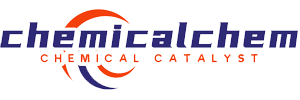
The composition and classification of coatings
Coating composition Coatings are generally composed of non-volatile components and volatile components. After it is coated on the surface of an object, its volatile components gradually evaporate and …

Classification and action mechanism of solvent-based coatings
Commercial solvent-based coatings contain pigments, polymers and solvent-soluble additives. The coating industry is the largest user of solvents, more than half of which are hydrocarbons. The rest are…
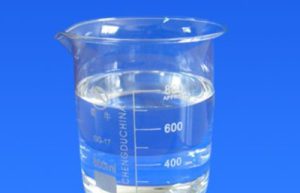
Characteristics and uses of cationic surfactant quaternary ammonium salts
Cationic surfactant quaternary ammonium salt is formed by further alkylation of fatty tertiary amines. Commonly used alkylating agents are methyl chloride or dimethyl phosphate. There are many types o…
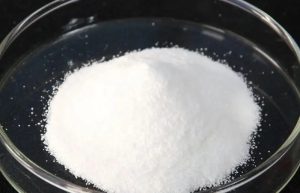
Properties and development trends of amphoteric surfactants
Characteristics of amphoteric surfactants The characteristic of amphoteric surfactants is that they contain both acidic and basic hydrophilic groups in the molecule. These acidic and basic groups have…
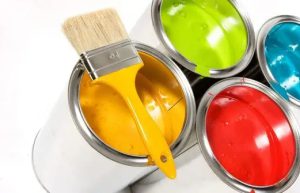
Kain Chemical: Commonly used varieties of alkyd resin coatings
Among the synthetic resins for coatings, alkyd resins have the largest output, the most varieties, and the widest range of uses, accounting for about 15% of the world’s total output of synthetic…
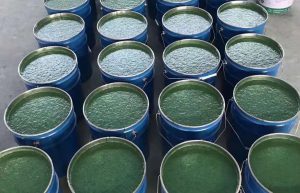
Kain Industrial Additive: Classification and Characteristic Analysis of Epoxy Resin Coatings
Epoxy resin coating is one of the four pillars of synthetic resin coatings. There are many ways to classify it. In the paint industry, it is more commonly used to classify paints by use and paint stat…

Kain creates a “Chemical Sample Mall” to solve your sample-finding problems in one stop
For chemical procurement, finding samples is a very troublesome thing, because many suppliers only sell whole packages of products and do not have samples. Even if samples are successfully found throu…
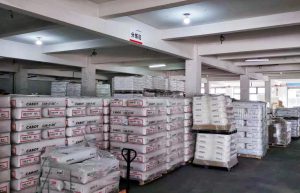
[Kain Iron Army] will comprehensively promote the development of the chemical industry Internet platform
The rapid development of the industrial Internet is giving rise to the digital transformation of the chemical industry. Since its establishment 13 years ago, Kain has been adhering to its original int…
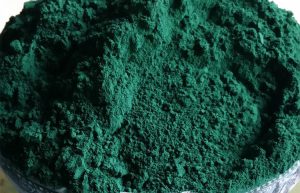
Kain Industrial Additives: Introduction to Inorganic Pigment Classification
Inorganic pigments can be divided into natural inorganic pigments and synthetic pigments according to the production method. According to function, it can be divided into four types: anti-rust pigment…
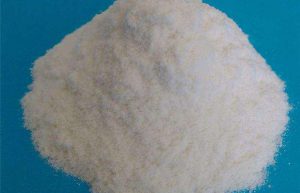
Kain Chemical: Introduction to the raw materials and properties of microcrystalline cellulose
Microcrystalline cellulose is a degradation product of natural cellulose. Microcrystalline cellulose not only retains the green, non-toxic, easy-to-degrade and easy-to-modify nature of natural cellulo…
